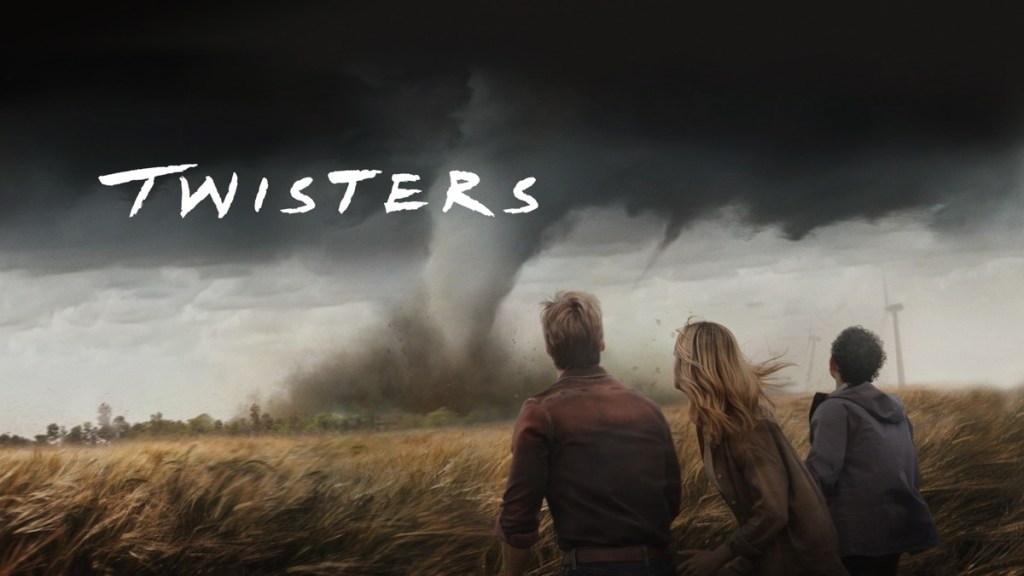
Nearly three decades after the skies first roared in Twister (1996), Twisters (2024) storms into theaters with a fresh cast, cutting-edge visuals, and a high-stakes narrative that proves the terrifying allure of Mother Nature is far from over. Directed by Lee Isaac Chung (Minari), this spiritual successor reinvents the storm-chasing genre for a new generation while honoring the legacy of its iconic predecessor.
Set in the same universe but introducing an all-new story, Twisters follows Kate Cooper (played by Daisy Edgar-Jones), a former storm-chaser turned climate researcher who gave up field work after a personal tragedy. When an unprecedented supercell outbreak threatens the American Midwest, she’s pulled back into the action by Tyler Owens (Glen Powell), a charismatic social media–fueled storm chaser who’s built a flashy brand chasing danger for views.
As storm systems collide and the atmosphere becomes increasingly unstable, Kate and Tyler must set aside their philosophical differences to face what meteorologists are calling “The Tornado Outbreak of the Century.” Their mission: deploy new tracking tech that could save lives—or cost them everything.
What makes Twisters more than just a disaster flick is its commitment to character-driven storytelling. Kate’s emotional journey—balancing scientific integrity with survivor’s guilt—grounds the film in humanity. Daisy Edgar-Jones delivers a standout performance, portraying quiet resilience and vulnerability without ever falling into cliché. Glen Powell injects energy and charm, giving his influencer-turned-chaser role unexpected depth.
Chung’s direction elevates the material far beyond spectacle. Yes, the tornadoes are jaw-dropping—rendered with stunning realism and terrifying force—but the camera never loses track of the people caught in the chaos. He captures not only the fury of nature but the emotional cost of chasing it.
Visually, the film is breathtaking. IMAX-scale storms dominate the frame, but it’s the quieter moments—a siren going silent, a family sheltering under a staircase, two chasers locked in a truck surrounded by spinning debris—that linger. The sound design is visceral, with roaring wind and atmospheric rumbles that create genuine tension without relying on jump scares.

There are smart nods to the 1996 original. Fans will notice subtle references to Jo and Bill Harding’s pioneering work, and the film hints that their legacy lives on in today’s tech. But Twisters stands on its own, never feeling like a retread or nostalgia trip.
If there’s a criticism, it’s that the third act moves fast, with multiple tornadic events stacked back-to-back, threatening emotional overload. But the pacing, matched with tight editing and a strong emotional payoff, mostly holds together.
If Twisters becomes a hit, the groundwork is already laid for a follow-up. A potential sequel could follow international storm anomalies—think typhoons in Tokyo, firenados in Australia, or freak arctic storms—while continuing Kate’s evolution from reluctant expert to leader of a global climate response unit.
Ultimately, Twisters proves that storm movies aren’t just about destruction—they’re about the courage it takes to face the wind and stand your ground. The skies may change, but the human spirit, like the storm, is unstoppable.
-1751353208-q80.webp)
